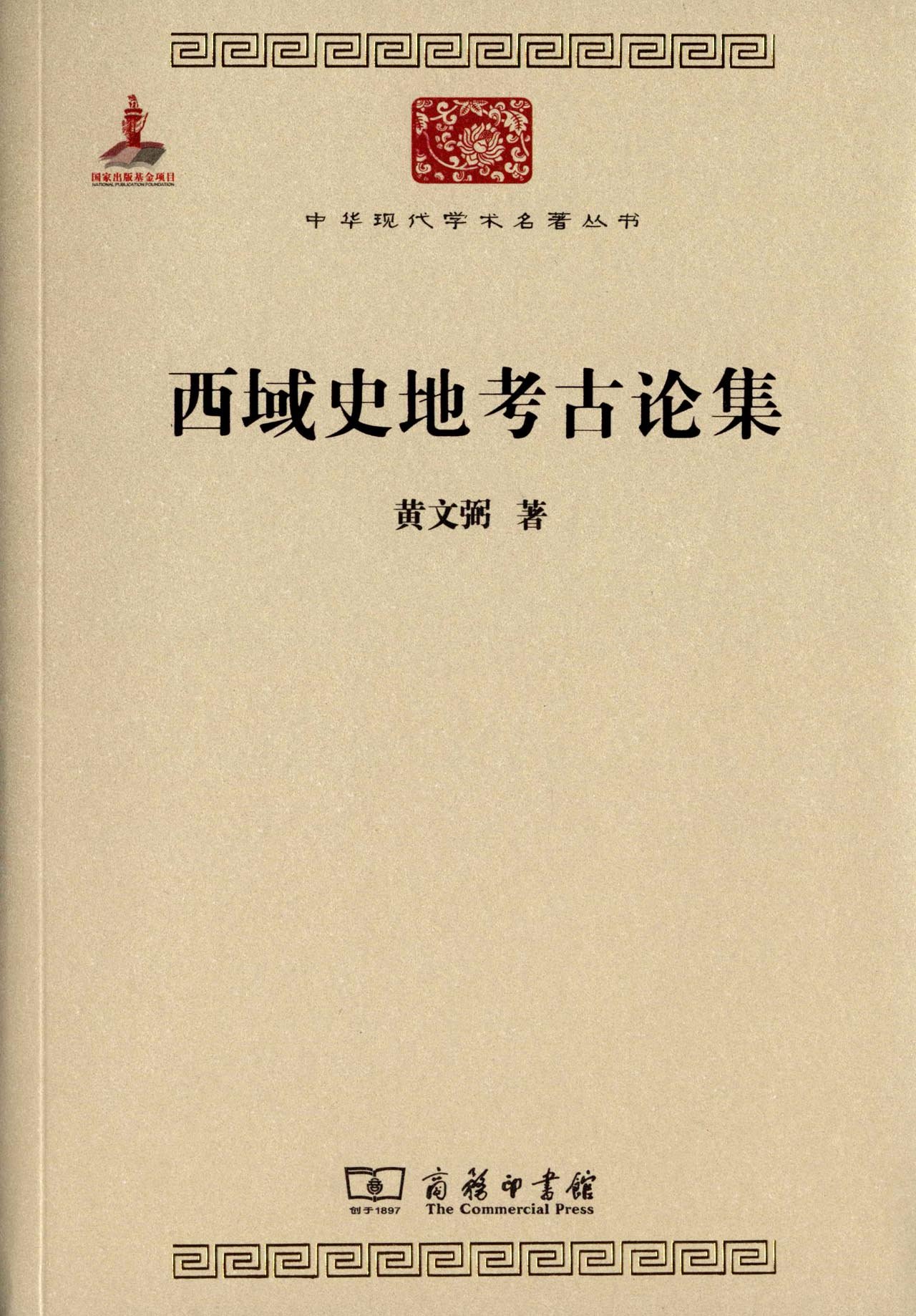Early archaeology of the Western Regions

Archaeology Essays on the Western Regions
Author: Huang Wenbi
Publisher: The Commercial Press
In 1927, a China-Sweden expedition team headed by Sven Hedin was established. As the only Chinese archaeologist in the team, Huang Wenbi (1893-1966), an early Chinese archaeologist, started his lifelong research into the northwestern regions. He traveled to the regions four times, traversing a distance of more than 38,000 kilometers. He conducted meticulous excavations of hundreds of sites, dozens of which were of great significance.
Huang’s early works focused on archaeological achievements in the Turpan Depression. For example, his works Essays on Bricks in the Gaochang Region and Essays on Pottery in the Gaochang Region were well-received by esteemed Chinese scholars. They said that Huang’s works were crowning achievements in this area of study.
In his work Archaeology Essays on the Lop Nor, Huang put forward new ideas on the storage and transportation systems of the Western Han Dynasty (206 BC- AD 8). He also researched the officials in charge of the Western Regions of the dynasty. He carried out his research using bamboo scripts excavated from the Tuyin site.
Therefore, the Tuyin site is regarded as the second most important research finding regarding the ancient city of Loulan in the Lop Nor region. Also, Huang revealed the cultural differences on the two sides of the Peacock River, providing illuminating ideas regarding research into the changes that occurred to the Loulan ruins.
In addition, Huang’s essays such as The Boundaries and Counties of the Gaochang Kindom, Administrative System of the Gaochang Kingdom and Proofreading of Zhanghuaiji’ Epitaph, laid the foundations for research related to the ancient Gaochang Kingdom. During the 1930s to the 1950s, some well-known Japanese experts specializing in the studies of the Western regions, such as Seiichi Mizuno and Akira Fujieda, were faithful followers and reviewers of Huang’s publications. Mizuno said that Huang adopted methods used in archaeological research that had not been properly followed for a long time, contributing considerably to the discipline in China.
In December of 2015, Commercial Press published a collection of Huang’s famous essays under the name Archaeology Essays on the Western Regions. The book is a foundational work in terms of the archaeology in the Western Regions and a remarkable reference for research on the Silk Road. It highlighted Huang’s northwest expedition and his research methodology. He combined the research methods of archaeology, history and geography and investigated both the archaeological sites and the broader region along the Silk Road. Huang gathered physical evidence and thus broke a longstanding research tradition in the Qing Dynasty (1616-1911) that emphasized textual analysis. In addition, his essays on the transportation system on the Silk Road and the migration of different nations, namely Verification on Zhangqian’s Road to the Western Regions, The Ancient Tarim River and Changes and The Indigenous Peoples and Culture in Loulan, showed his innovative spirit in the research of the Western Regions.
